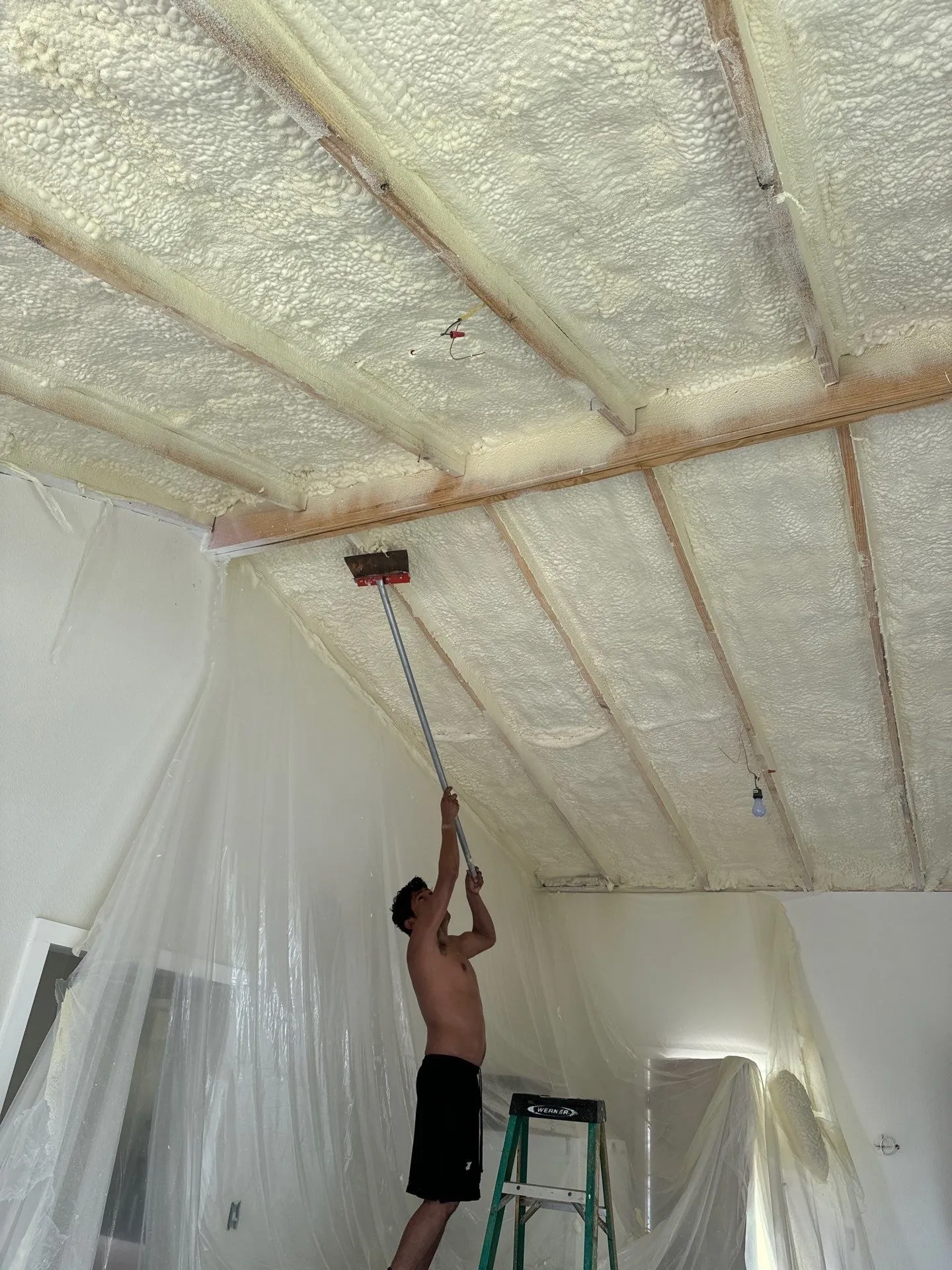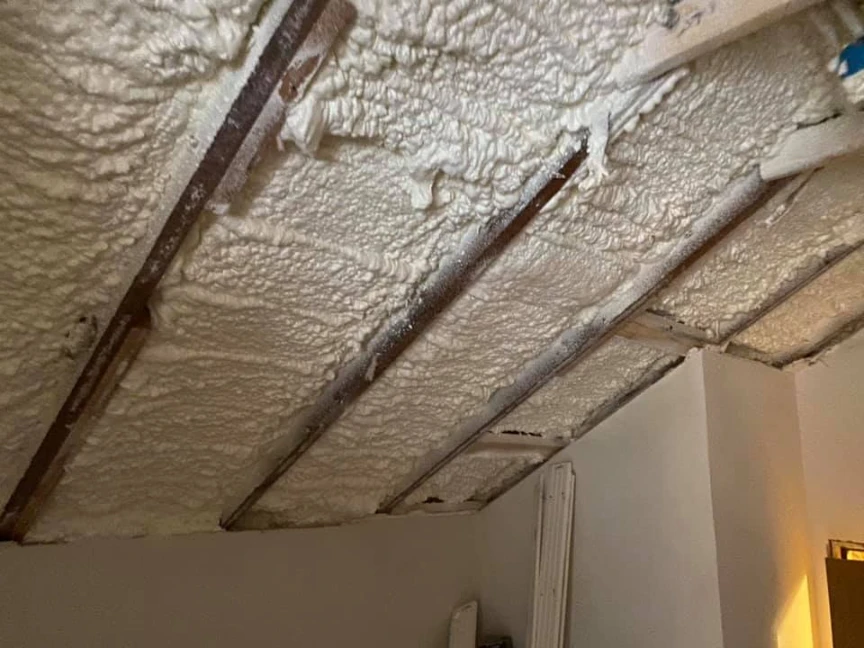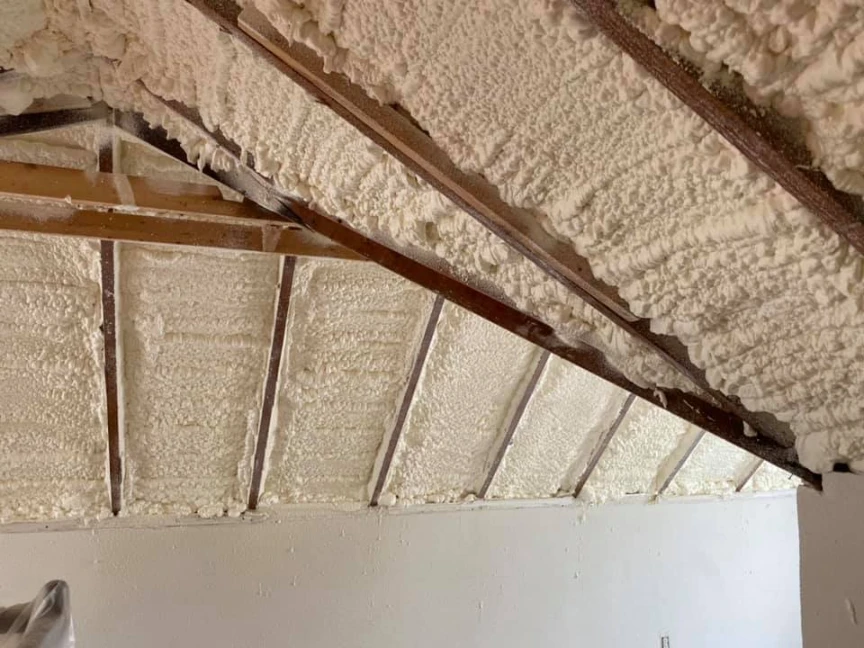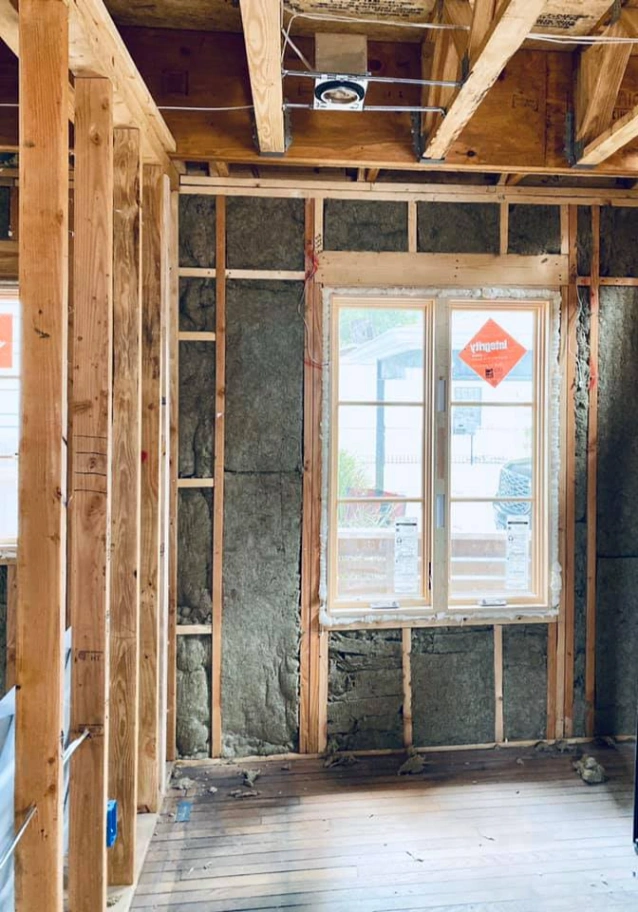Closed-cell spray foam sets a new benchmark in building insulation by offering superior air sealing and thermal resistance. This material expands to fill gaps, creates a moisture barrier, and boosts energy efficiency in structures. Builders apply it directly to walls, roofs, and floors, which results in homes and commercial spaces that meet or exceed modern energy codes. As governments push for lower carbon emissions, this foam helps structures comply with updated standards that demand better performance from insulation solutions.
This article breaks down the mechanics of closed-cell spray foam, its role in global regulations, and practical steps for adoption. Readers gain clear insights into how it shifts construction practices. Information draws from hands-on projects across different climates, ensuring reliable guidance for builders and homeowners alike.
What Closed-Cell Spray Foam Entails
Closed-cell spray foam consists of two chemicals that mix and expand on site into a dense, rigid material. Unlike open-cell versions, it contains gas bubbles trapped within cells, which makes it denser and more insulating per inch. Installers use specialized equipment to spray it into cavities, where it hardens quickly and adheres to surfaces.
This foam resists water and provides structural support in some cases. For example, in attic applications, it prevents air leaks that traditional fiberglass batts often miss. Data from the U.S. Department of Energy shows that closed-cell foam achieves R-values up to 7 per inch, higher than many alternatives.
Bonus Tip: Test small areas first to confirm adhesion on unique substrates like metal or older wood, based on field observations from varied job sites.
Benefits Pushing Standard Updates
Closed-cell spray foam reduces energy use by creating a continuous barrier against heat loss and gain. In cold regions, it keeps interiors warm without constant heating, cutting bills by up to 30% according to studies. This efficiency aligns with worldwide efforts to lower building-related emissions, which account for nearly 40% of global energy consumption.
The material also strengthens buildings against wind and moisture. During hurricanes, foam-insulated structures show less damage from water intrusion. A report from the International Code Council highlights how such properties influence code revisions to include high-performance insulation solutions in high-risk areas.
Market data indicates rapid growth. The spray polyurethane foam sector reached $3.5 billion in value in 2020 and projects to hit $5.8 billion by 2028, driven by stricter regulations per Grand View Research.
Comparison of Insulation Materials
To understand why closed-cell spray foam is gaining traction, consider how it stacks up against other materials. Builders choose insulation based on performance needs. The table below compares closed-cell spray foam to common options, focusing on key metrics.
| Material | R-Value per Inch | Air Sealing | Moisture Resistance | Cost per Sq Ft (Installed) |
|---|---|---|---|---|
| Closed-Cell Spray Foam | 6.5-7.0 | Excellent | High | $1.50-$3.00 |
| Open-Cell Spray Foam | 3.5-4.0 | Good | Low | $0.75-$1.50 |
| Fiberglass Batts | 3.1-4.3 | Poor | Low | $0.50-$1.00 |
| Rigid Foam Boards | 4.0-5.0 | Moderate | High | $1.00-$2.00 |
This comparison reveals why closed-cell foam stands out for demanding standards. Sources like the Oak Ridge National Laboratory confirm these values through lab tests on real-world setups.
Worldwide Shifts in Building Codes
Building standards evolve to incorporate closed-cell spray foam as climates demand better protection. In the European Union, the Energy Performance of Buildings Directive requires near-zero energy structures by 2030, pushing foam use for its high efficiency. Northern countries like Sweden mandate insulation levels that foam easily achieves, reducing heating needs in harsh winters.
In the United States, the International Energy Conservation Code updates every three years to favor materials like closed-cell foam for continuous insulation paths. Hot climates, such as in Australia, value its role in preventing condensation and mold, aligning with National Construction Code requirements for thermal bridging reduction.
Asia sees similar trends; Japan’s updated building laws emphasize earthquake resilience, where foam adds rigidity without added weight. Market facts show Asia-Pacific leading growth at 6.5% CAGR through 2030 from MarketsandMarkets.
Regional guidance matters. In humid tropics, pair foam with vapor barriers to avoid trapped moisture. In arid deserts, focus on its reflectivity to combat heat gain.
Bonus Tip: Review local code amendments annually, as regions like coastal California add fire-retardant specs to foam installations.
Things to Consider Before Making a Decision
Assess climate demands first. Cold areas benefit most from the foam’s high R-value, while moderate zones might suffice with less dense options to control costs.
Next, evaluate building type. Residential projects prioritize ease of application, but commercial ones need to factor in large-scale equipment access.
Additionally, check environmental impact. While effective, production involves chemicals; opt for low-GWP formulations where codes require them.
Also, consult certified installers to ensure proper thickness and coverage, avoiding underperformance. Budget for professional application, as DIY risks voids and inefficiency.
Finally, weigh long-term savings against upfront expense. Energy models predict payback in 5-7 years through reduced utility costs.
Bonus Tip: Conduct a blower door test pre- and post-installation to quantify air leakage improvements, a step from practical audits on multiple sites.
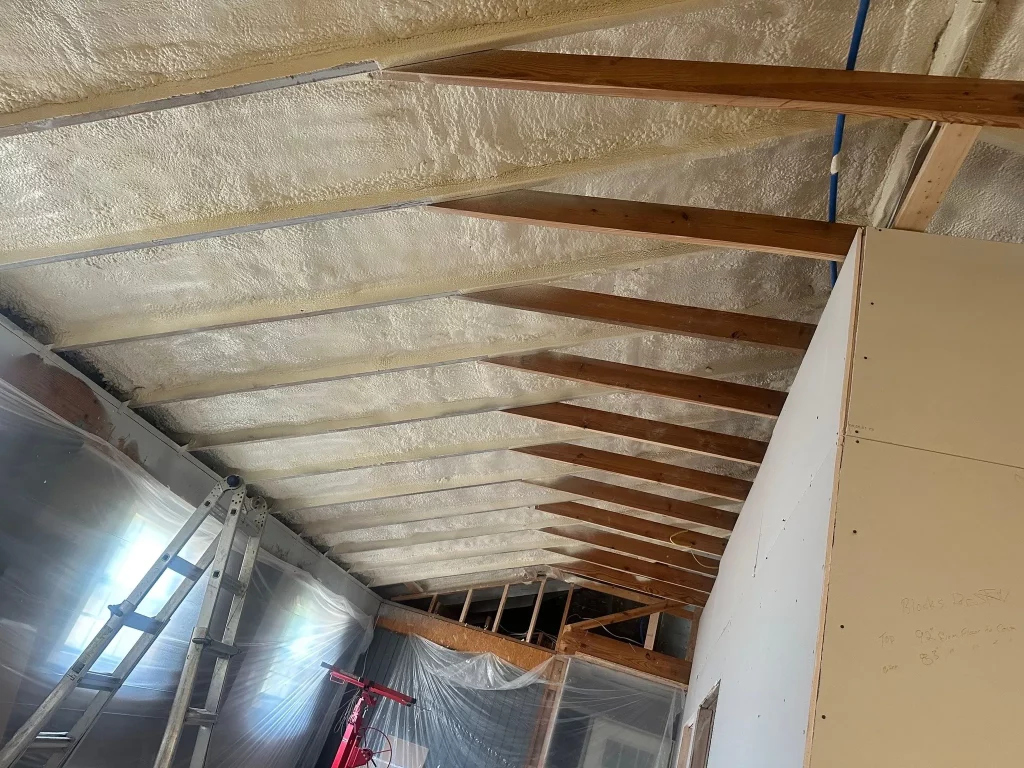
Common Questions
How long does closed-cell spray foam last?
Expect 80+ years with proper installation, outlasting many traditional materials due to its stability.
Does it work in retrofits?
Yes, it fills irregular spaces in existing attics or walls better than rigid boards.
What about off-gassing?
Modern foams cure quickly, with low VOC emissions meeting indoor air standards.
Key Takeaways
Closed-cell spray foam drives building standards forward through unmatched spray foam insulation and durability. It supports global codes aimed at energy savings and resilience. Structures benefit from lower costs and better comfort over time.
Evaluate site-specific factors like climate and budget to decide on its use. Align choices with long-term goals for sustainable construction.
Ready to Explore Insulation Options
Contact Stellrr at info@stellrr.com or call (512) 710-2839 for details on closed-cell spray foam applications. Stellrr provides guidance based on extensive project experience. Discuss needs to find fitting solutions for any build.
Frequently Asked Questions
Can closed-cell spray foam replace all insulation needs?
No, it excels in sealed cavities but may need supplements like rigid boards for exterior sheathing. Combine types for optimal results in varied assemblies.
How does it perform in extreme weather?
It handles temperatures from -100°F to 240°F, preventing cracking or settling. Real tests in Alaska and Saudi Arabia prove its reliability.
Is it safe for food-related buildings?
Yes, when certified; it meets FDA standards for incidental contact and avoids attracting pests.
What training do installers need?
SPF professionals require certification from bodies like the Spray Polyurethane Foam Alliance to handle equipment and ensure safe application.
How does it affect home resale value?
Upgraded insulation like this can increase value by 5-10%, appealing to buyers focused on efficiency, per real estate analyses.
Sources
- U.S. Department of Energy – Government resource on insulation types and performance, supporting R-value claims.
- International Code Council – Official site for building codes, detailing updates influenced by insulation advancements.
- Grand View Research – Market analysis report on spray foam industry growth and projections.


